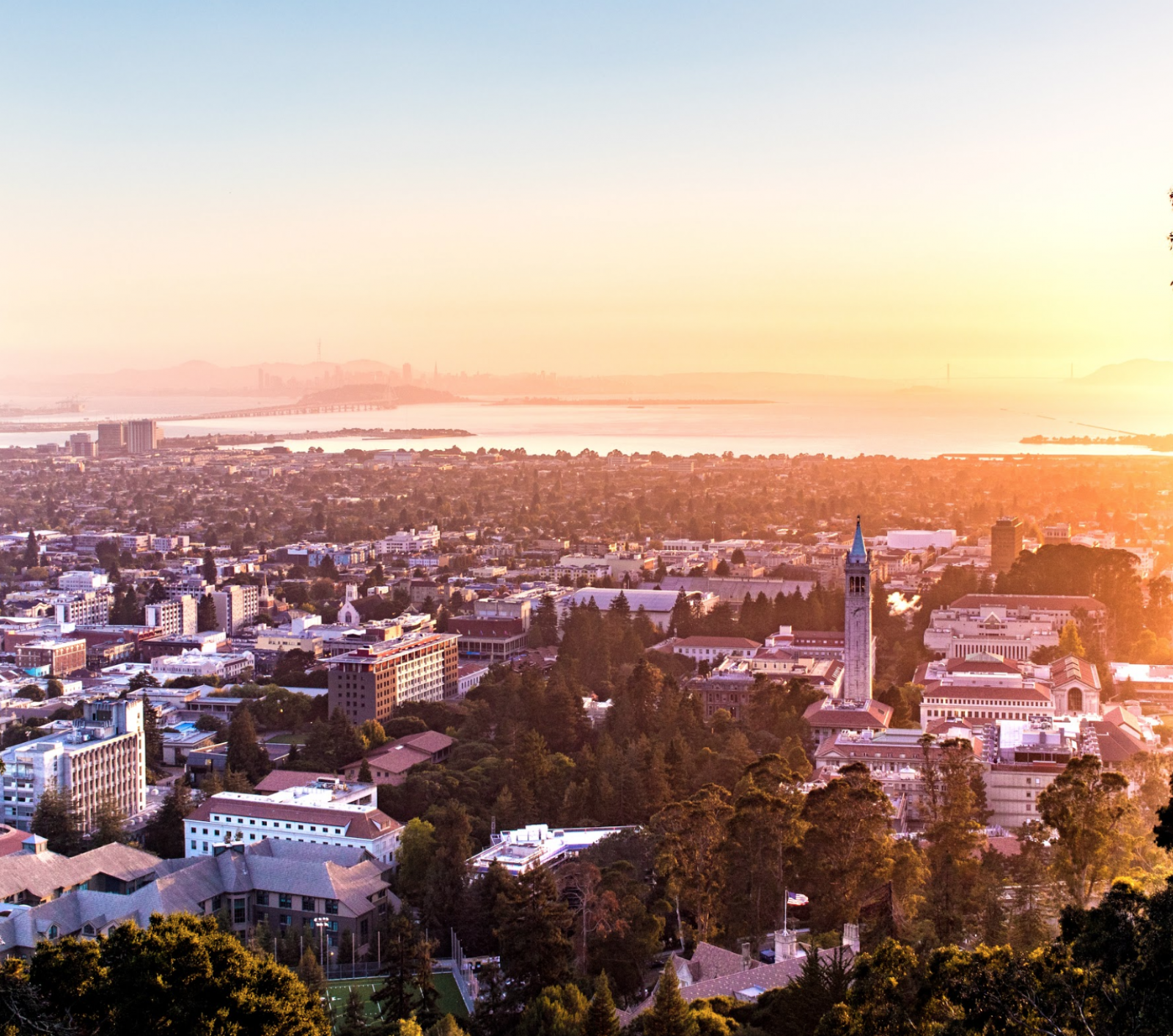Being in a COVID Vaccine Trial
Written by: Kearston Stepenosky | Edited by: Arshad Mohammed
The later months of 2020 are stained in history as a painful period for much of the world. As the Covid-19 pandemic evolved, hospitals across the US stretched their capacity, more than 700,00 businesses closed, and more than 20 million jobs were lost. A glimmer in this disheartening time, however, was the approval of a vaccine on the horizon. At sixteen years old, I joined the first group of minors to enter the Pfizer Covid-19 vaccine trial. At the time, public enthusiasm to join that lineup was limited as parental fears of the vaccine’s effects stunted participation. Social distancing also disqualified many potential participants, as plausible exposure is critical for testing the drug’s efficacy. Having witnessed my dad participate in the adult trial, I was eager to observe this moment in medical history from the front row. As avid believers in the importance of medical research, my family supported me in joining the trial and my basketball team’s continued practice schedule meant I was still exposed to some degree, making me qualified.
Beyond the clearance process, the 24-month-long double-blinded study involved two injections, weekly surveys, routine phone calls, Covid tests, and antibody blood tests. A bout of body aches and chills following the initial injection made me hopeful I had received the vaccine rather than the placebo, and I later learned I was correct. Week after week, my phone alerted me through the TrialMax app to complete my trial screening, a series of questions about how I felt and whether I was experiencing Covid-like symptoms. My data, combined with the 753 other 16-17-year-old participants in the trial, informed researchers about potential symptomatic responses to the vaccine between our more formal check-ups.
As one singular statistic in such a major study, I viewed my role in the trial as impersonal but quickly learned that was not entirely the case. People in my life responded to my decision with a mixture of support and judgment, and I was surprised to discover the vastness of medical distrust in my community, something I hoped to combat. The opportunity to do so came in the form of media requests. Local papers reached out for interviews regarding my experience, as well as my dad’s. Painfully aware of the degree of vaccine hesitancy emerging, I enthusiastically agreed with the hope that linking a real child with support for the vaccine would de-escalate tensions. These media requests scaled from local outlets to larger sources like the LA Times, Inside Edition, National Geographic, and more. Though I was initially intimidated, I knew resistance to vaccinating children existed far beyond my city, and I wanted to help. I was asked about what fueled my decision to join and the importance of minors involving themselves in trials. I happily discussed the vitality of reopening schools and taking the steps to recover as a community, a message I hoped would resonate with people when coming from a student.
The vaccine, in my eyes, was key to ending the pandemic and to distrust it was to needlessly extend lockdown, mask mandates, and other precarious we have now largely graduated from. The aftermath of being interviewed involved a sea of hopeful reactions littered with inevitable criticisms about government tracking, infertility, and mutations from the lovely people of the internet. Months later, a young girl in the virtual afterschool cooking class I taught showed me my decision was worthwhile. As we ended for the day, she raised her hand and announced that her mom let her receive the vaccine after seeing me on TV. My hope from the beginning was to spread confidence in the vaccine, and this indicated a step in the right direction.
Ultimately, one of the things made most apparent to me by the distribution of the Covid-19 vaccine was the persistence of medical skepticism in modern society, especially as it applies to parenting. While those who refuse to vaccinate their children are undeniably guided by the belief that they are doing what is best for their family, it is almost always in conflict with viable research and to the detriment of the public. Sending a child to school unvaccinated is seemingly the viral equivalent of sending them underdressed into a snowstorm. The tension surrounding this topic makes it challenging to approach, but I see hope in how much of that tension stems from older generations. As people who grew up witnessing the ramifications of vaccine resistance and misinformation, it is my belief that we emerge as a motivated generation with high media literacy and faith in science.
By the time the pandemic declined, $814 billion in financial relief had been distributed and much of the population returned to school and work. The effects of this period, however, persist as flaws in healthcare, technology, resource distribution, and cleanliness have been illuminated. In the aftermath of this event, we as a society are left with a long list of what we may improve, and it is our participation in that growth, however small, that will make a difference.
Articles on my interviews!
- https://www.latimes.com/sports/highschool/story/2020-12-21/captain-calabasas-girls-basketball-team-pfizer-covid-19-vaccine-trial
- https://www.insideedition.com/meet-the-16-year-old-who-volunteered-with-dad-to-test-pfizers-covid-19-vaccine-63159
- https://spectrumnews1.com/ca/la-east/la-times-today/2020/12/02/cancer-survivor-and-his-daughter-join-coronavirus-vaccine-trial
- https://abc7.com/coronavirus-vaccine-clinical-trials-trial-volunteers-pfizer/8079563/
- https://scienceworld.scholastic.com/issues/2020-21/031521/testing-vaccines.html?language=english#1130L
- https://www.latimes.com/california/00000176-2563-d358-af7f-6d73d1be0000-123
- https://venturablvd.goldenstate.is/teen-vaccine-trial-volunteer-kearston-stepenosky/
Sources:
https://www.federalreserve.gov/econres/notes/feds-notes/business-entry

